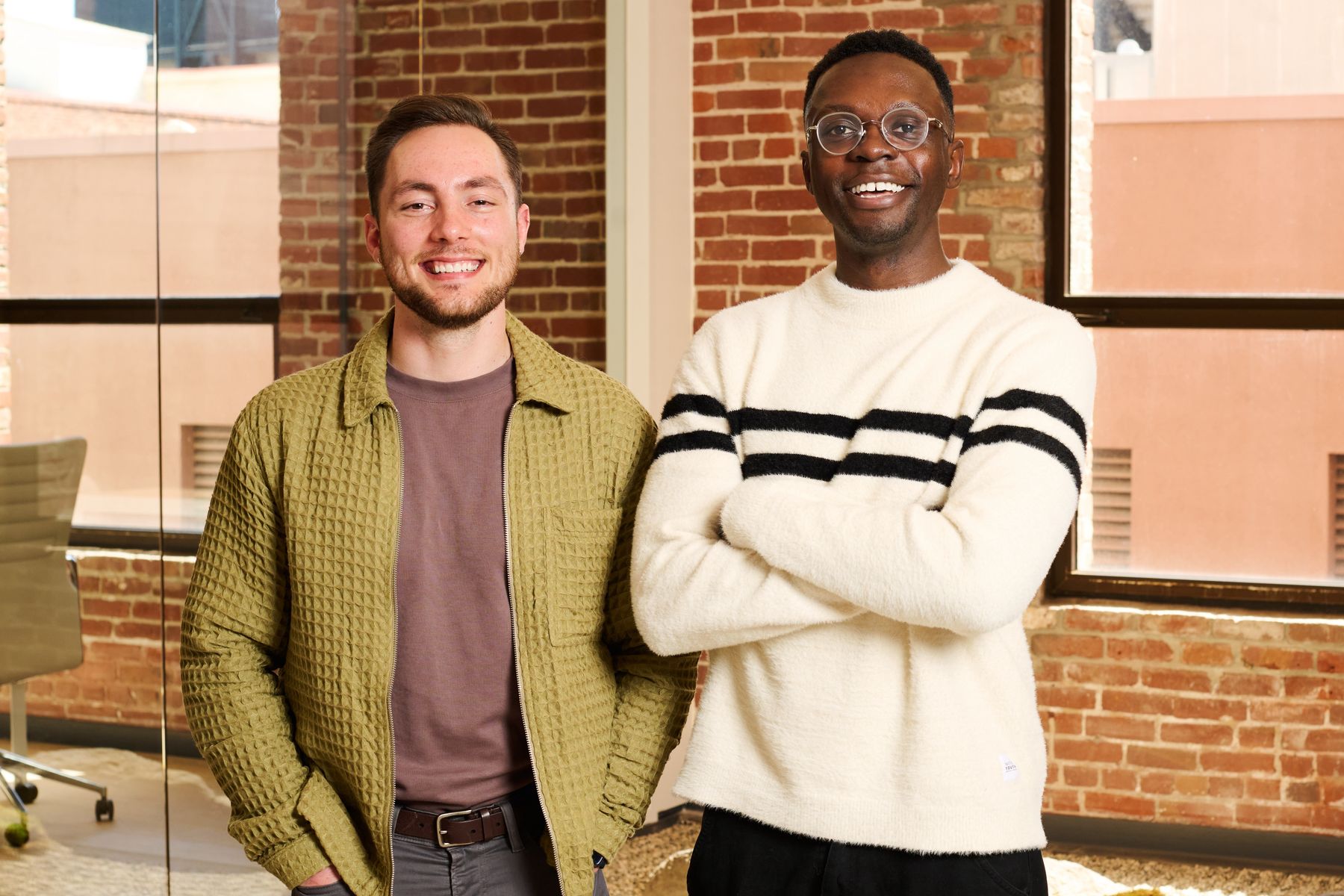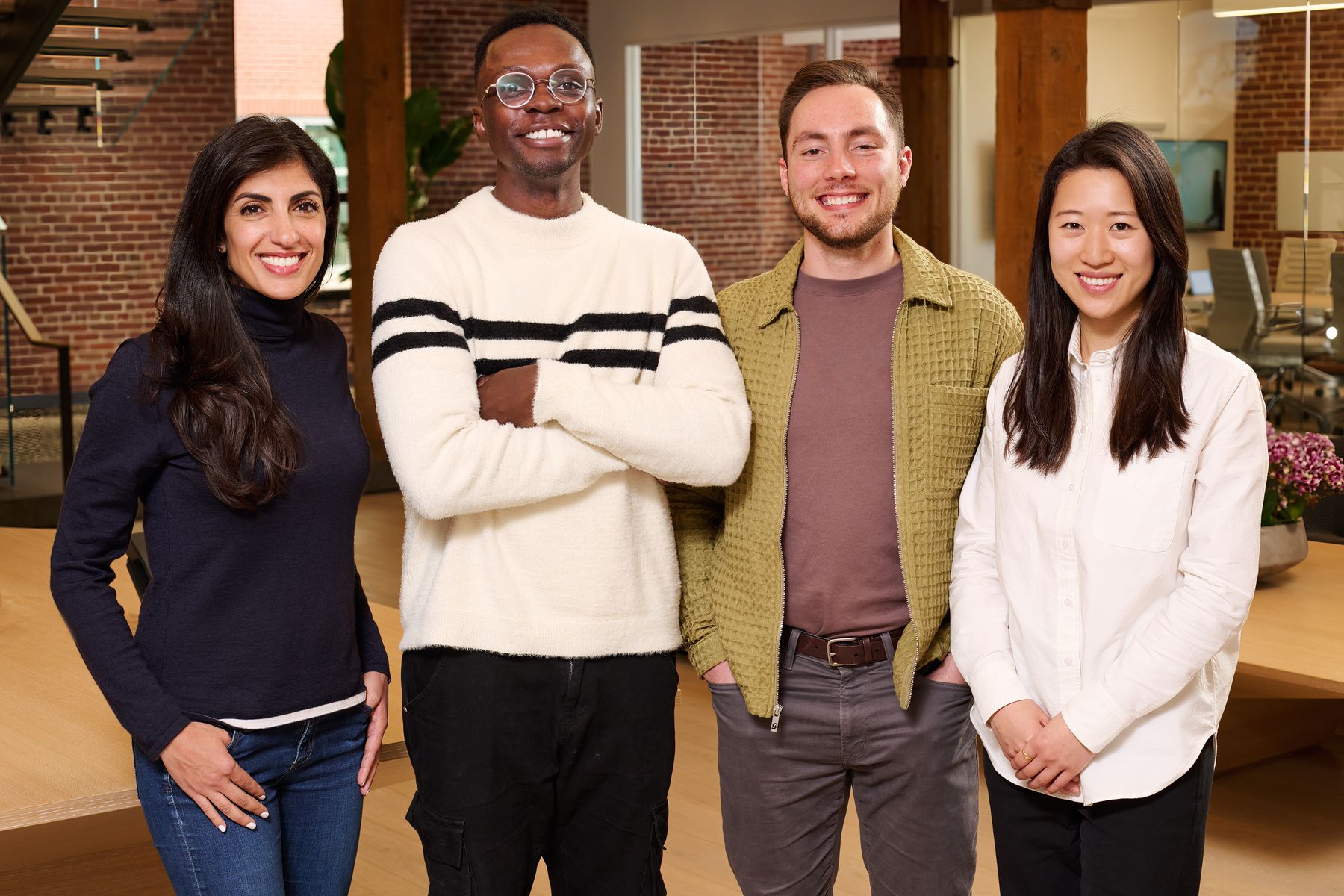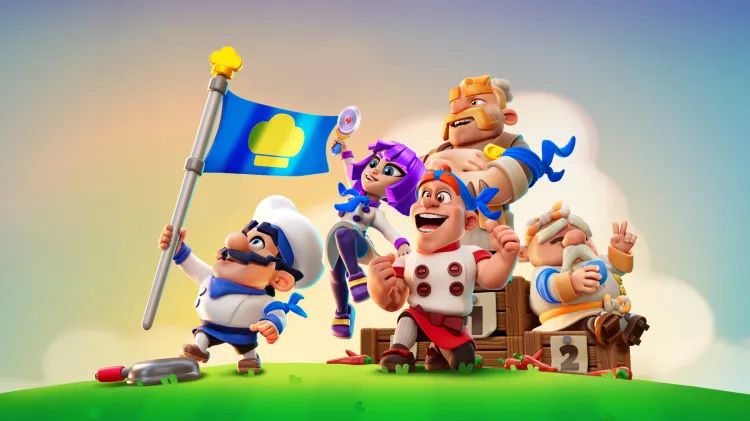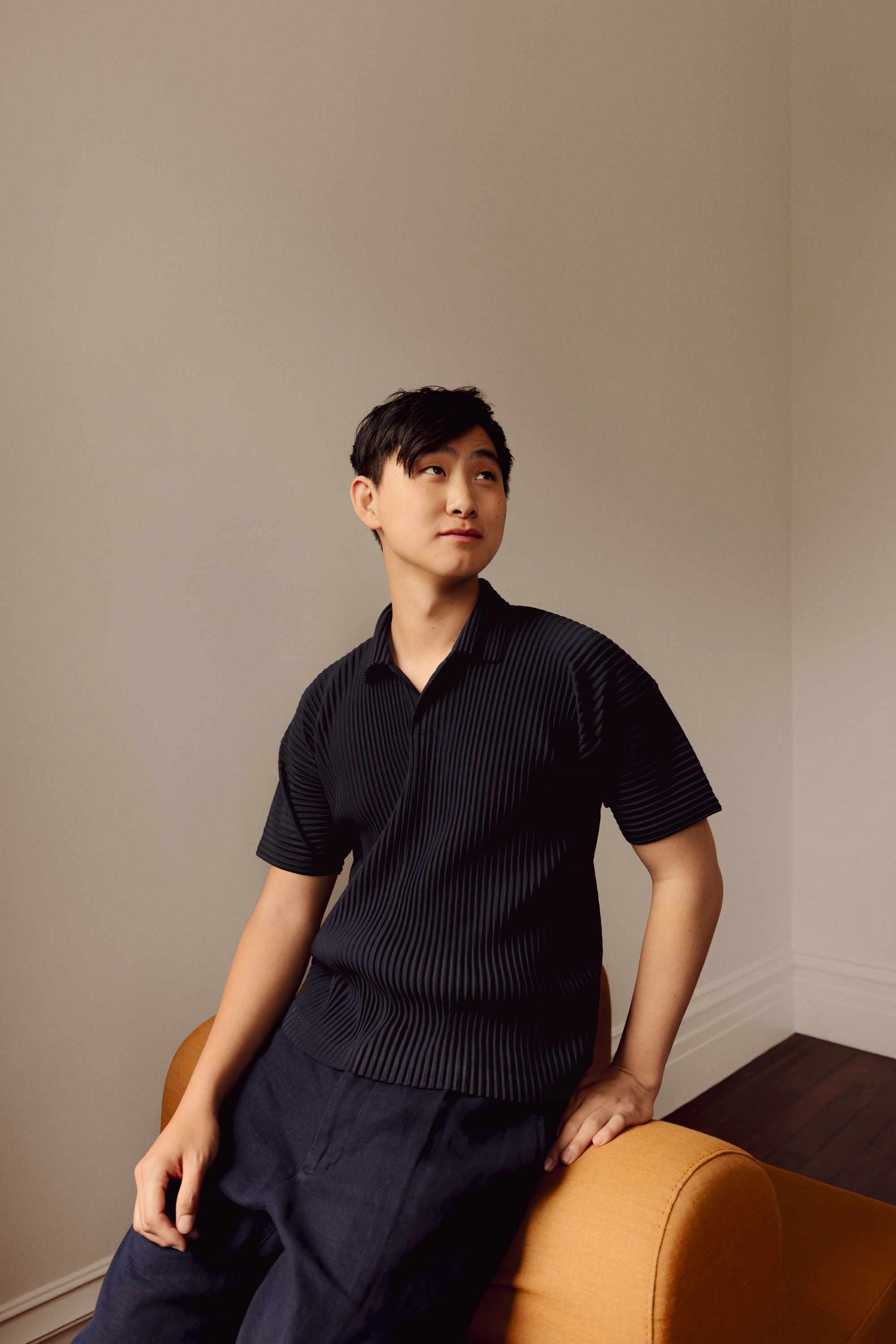Inside Vizcom’s vision to transform industrial design with AI

Vizcom co-founders Kaelan Richards and Jordan Taylor

Index Ventures Partner Nina Achadjian, Vizcom co-founders Jordan Taylor and Kaelan Richards, and Index Ventures Partner Cat Wu.
Generative AI applications like ChatGPT and Midjourney have democratized creative expression, enabling users to create text and multi-media content with unprecedented ease. However, these tools often cater more to consumer and prosumer users with their simplicity but can fall short in professional settings where detailed direction over the creative process is necessary.
When we talked with professional designers, we heard that they needed more control than a text-only interface could provide. They wanted the inputs to be a mix of sketches, edits, and text, along with an iterative workflow.
Most professional artists do not want models to produce a zero-shot drawing. They prefer to iterate with AI to add increasing levels of detail. Take designing a car. First, the artist sketches the shape of the car, and can use AI to add a metal texture. Subsequently, they can add the lights and prompt AI to shade the glass and add light refraction. Finally, the artist can play around with the rest of the details, from the shape of the door to the size of the handles and the color of the interiors. For each of these steps, the artist only needs to make a few lines with their pen and describe in text their intention and AI can fill in the gaps. AI accelerates the work, but work is based on the artist’s granular feedback.
With this thesis, we immediately realized that Vizcom was special. Vizcom builds a tool for industrial designers to create photorealistic renderings from sketches and collaborate securely with their teams. For those who aren’t familiar with industrial design, take a look at all of the physical objects around you – chairs, cars, shoes, and so on. Each one was crafted by an industrial designer.
Vizcom is built to complement the existing 2D sketch workflows that concept artists already have. Users connect their tablet to Vizcom’s infinite canvas to start a sketch and then can iterate by using AI to create renders, touch up via their pencils, and then render again. This elevates the artists and lets them productively co-work with AI.
When we met Jordan Taylor, the CEO of Vizcom, we were impressed by his passion for industrial design and his authentic story. He grew up in Detroit, surrounded by the auto industry, and went to college to study the design of physical objects. After school, Jordan became an industrial designer at Honda and Nvidia for a few years, where he and his fellow designers wished they had faster tools to go from hand-drawn sketches to concepts they could share with the team. Once generative adversarial networks were released (the precursor to diffusion models, which power Midjourney and similar), Jordan felt like the tech was ready, and he started hacking away with his cofounder, Kaelan Richards. Together, they built Vizcom.
Today, Vizcom is used by leading designers at large enterprises to explore thousands of design variations and share generated concepts with teammates. Vizcom provides the tools that users are familiar with - brushes, texture control, layers, visual styles, and integration with 3D modeling tools. The company saves designers hours per design because users no longer need Photoshop to imagine new forms, add details and lighting, and experiment with new colors and textures.
The community that has been rapidly growing around Vizcom is vibrant, and there’s so much more to build! We’re excited to partner with the team as they help industrial designers create the next generation of physical products.
Published — March 28, 2024
-

-
